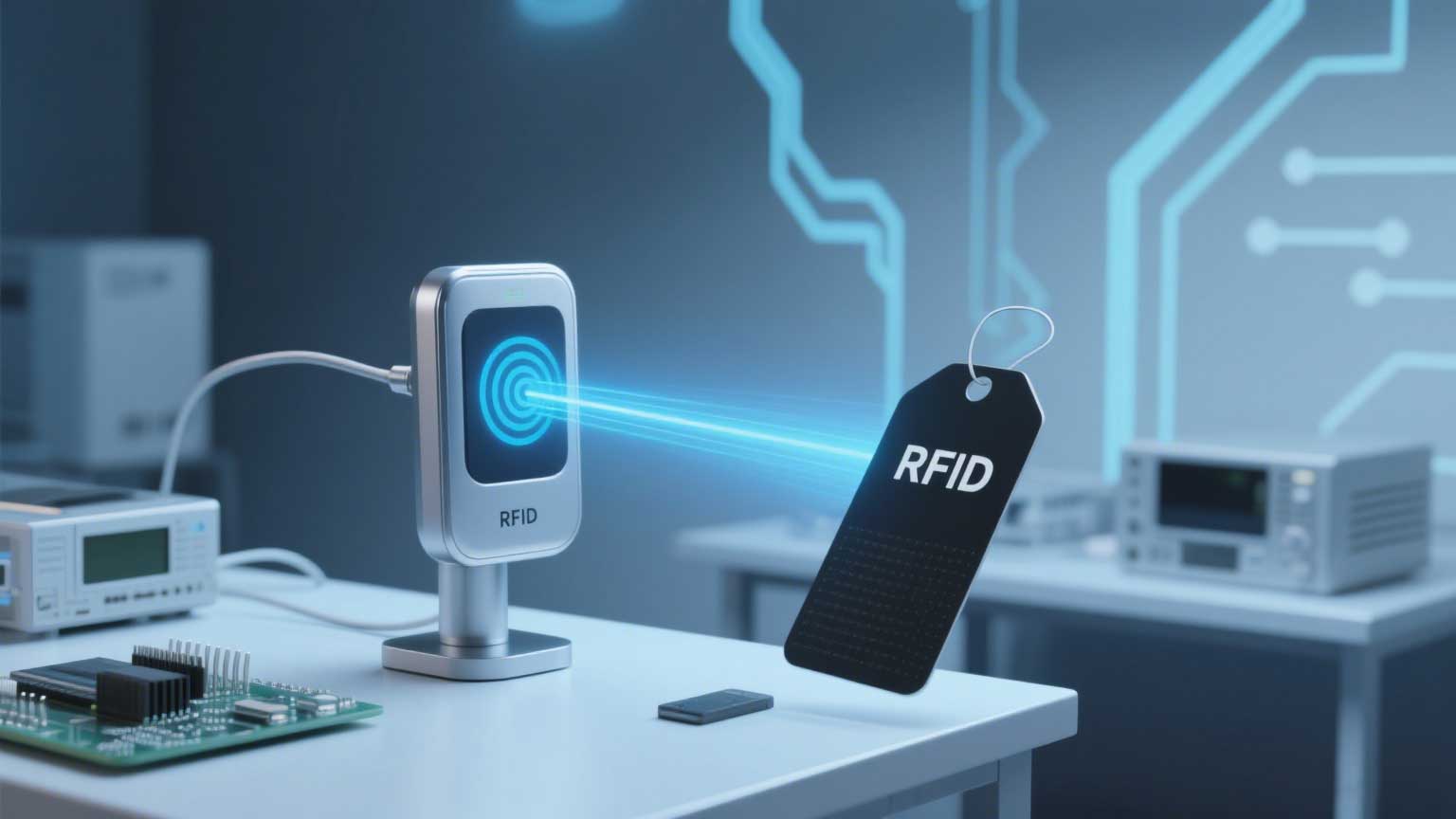How do I use handheld RFID readers for retail stock audits?
650Discover how handheld RFID readers streamline retail stock audits. Learn setup, scanning best practices, and integration with POS systems for 99% inventory accuracy.
MoreAll RFID Product
RFID (Radio Frequency Identification) tags operate by wirelessly exchanging data with a reader via radio waves. Unlike barcodes, they require no line-of-sight scanning and can simultaneously read multiple tags through materials like plastic, fabric, or liquids. The core process involves three stages: energy harvesting, data transmission, and signal processing.

Passive RFID tags (the most common type) lack a battery. Instead, they draw energy from the reader’s electromagnetic field. When the tag enters this field, its antenna converts radio waves into electrical current, powering the microchip. Active tags use internal batteries to broadcast signals independently, while semi-passive tags use batteries only for the chip, relying on the reader for communication.
Once powered, the tag’s microchip modulates the radio waves to transmit stored data (e.g., a unique ID or product details). Two coupling methods enable this:
The reader’s antenna captures the modulated signal, decodes it, and forwards the data to a backend system (e.g., inventory software). Key steps include:
| Tag Type | Power Source | Range | Use Cases |
|---|---|---|---|
| Passive | Reader’s radio waves | < 10m | Retail inventory, access control |
| Active | Internal battery | > 100m | Vehicle tracking, logistics |
| Semi-Passive | Battery (chip only) | 10–50m | Temperature-sensitive goods |
Example: Cykeo’s passive UHF tags enable retailers to scan hundreds of items per second during inventory checks, reducing manual labor by 90%.
In logistics, Cykeo’s RFID solutions automate warehouse operations:
Discover how handheld RFID readers streamline retail stock audits. Learn setup, scanning best practices, and integration with POS systems for 99% inventory accuracy.
MoreLearn how to design and tune RFID antenna matching for better read range and system stability. This hands-on guide explains impedance principles, matching steps, real examples, and common pitfalls — perfect for RFID engineers and solution provider...
MoreRFID technology is revolutionizing medical equipment and asset management. This article explores RFID applications in the healthcare industry, highlighting benefits, real-world use cases, and future trends to help hospitals reduce costs and improv...
MoreLearn how to safely update firmware on handheld RFID readers like Zebra or Impinj. Follow our detailed guide to avoid errors, improve performance, and enable new features.
More